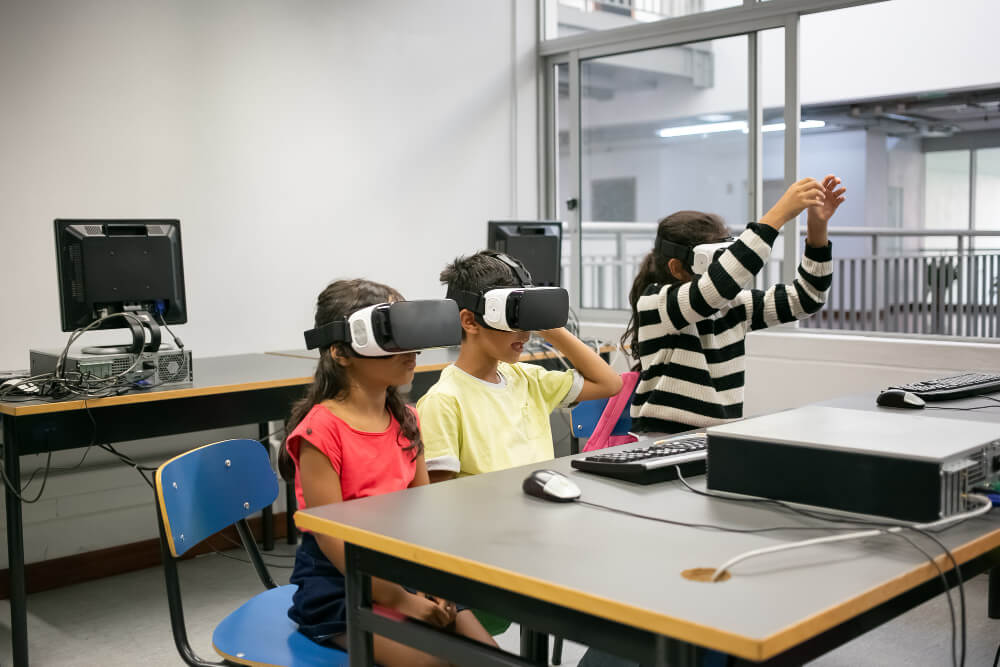
In today’s digital age, technology has become an integral part of our daily lives, transforming various aspects of society, including education. The role of digital technologies in education has been a topic of extensive research and discussion. In this blog post, we will explore the insights provided by the article “Understanding the Role of Digital Technologies in Education: A Review” to gain a deeper understanding of this crucial topic.
Enhancing Access and Connectivity

One of the key roles of digital technologies in education is to enhance access and connectivity. With the advent of the internet and digital devices, students and teachers now have access to a vast amount of information and resources at their fingertips. Digital technologies have made it possible for students to engage in online learning, access educational materials, and collaborate with peers and experts from around the world. This increased connectivity has opened up new opportunities for learning and has made education more accessible to individuals regardless of their geographical location or socioeconomic background.
Enabling Personalized Learning

Digital technologies have also played a significant role in enabling personalized learning experiences. Through adaptive learning platforms and intelligent tutoring systems, students can receive tailored instruction and support based on their individual needs and learning styles. Digital tools and applications allow teachers to create customized learning pathways, provide immediate feedback, and track students’ progress more effectively. This personalized approach to education enhances student engagement, motivation, and ultimately, learning achievement.
Fostering Collaboration and Communication

Digital technologies have revolutionized the way students collaborate and communicate with their peers and teachers. Online platforms, discussion forums, and video conferencing tools enable students to engage in collaborative projects, share ideas, and work together on assignments, regardless of physical distance. This fosters a sense of community and encourages active participation, critical thinking, and problem-solving skills. Digital technologies have also facilitated communication between teachers and students, allowing for timely feedback, guidance, and support.
Expanding Learning Opportunities

The role of digital technologies in education extends beyond the traditional classroom setting. Online courses, Massive Open Online Courses (MOOCs), and virtual learning environments have expanded learning opportunities for individuals of all ages. These platforms provide access to a wide range of subjects and expertise, allowing learners to explore their interests and pursue lifelong learning. Digital technologies have also made it possible for professionals to engage in continuous professional development and upskilling, ensuring that education remains relevant in a rapidly evolving world.
Challenges and Considerations
While digital technologies offer numerous benefits in education, it is important to acknowledge and address the challenges that come with their implementation. Issues such as the digital divide, privacy concerns, and the need for digital literacy skills must be considered to ensure equitable access and responsible use of technology in education. Additionally, teachers must be adequately trained and supported to effectively integrate digital technologies into their teaching practices.
Conclusion
Digital technologies have transformed education, playing a pivotal role in enhancing access, personalizing learning, fostering collaboration, and expanding learning opportunities. As we continue to embrace the digital era, it is crucial to harness the potential of these technologies while addressing the challenges that arise. By leveraging digital technologies effectively, we can create inclusive, engaging, and learner-centered educational experiences that prepare students for success in the digital age.
Reference
Haleem, A., Javaid, M., Qadri, M. A., & Suman, R. (2022). Understanding the role of digital technologies in education: A review. Sustainable Operations and Computers, 3, 275-285.



